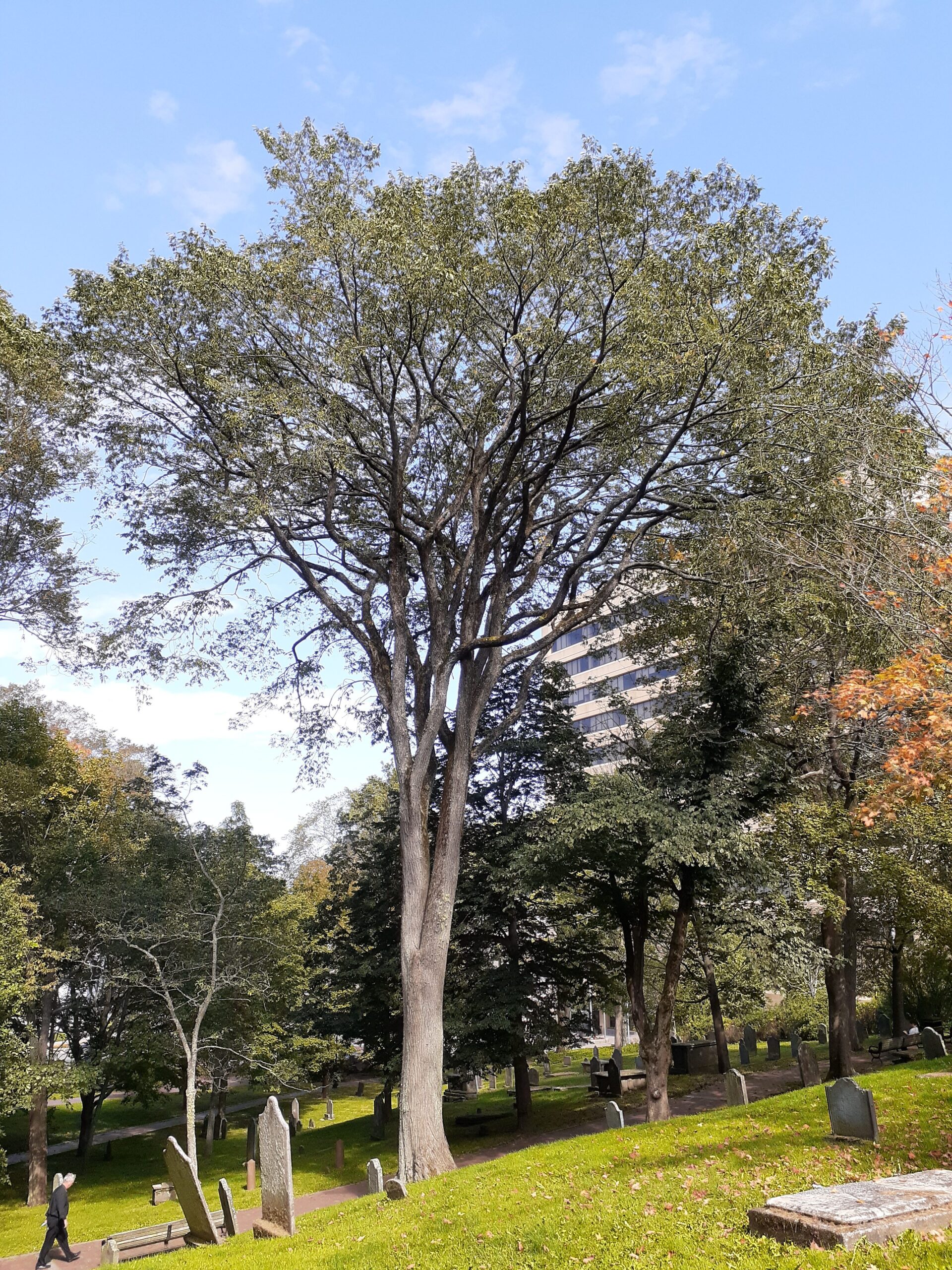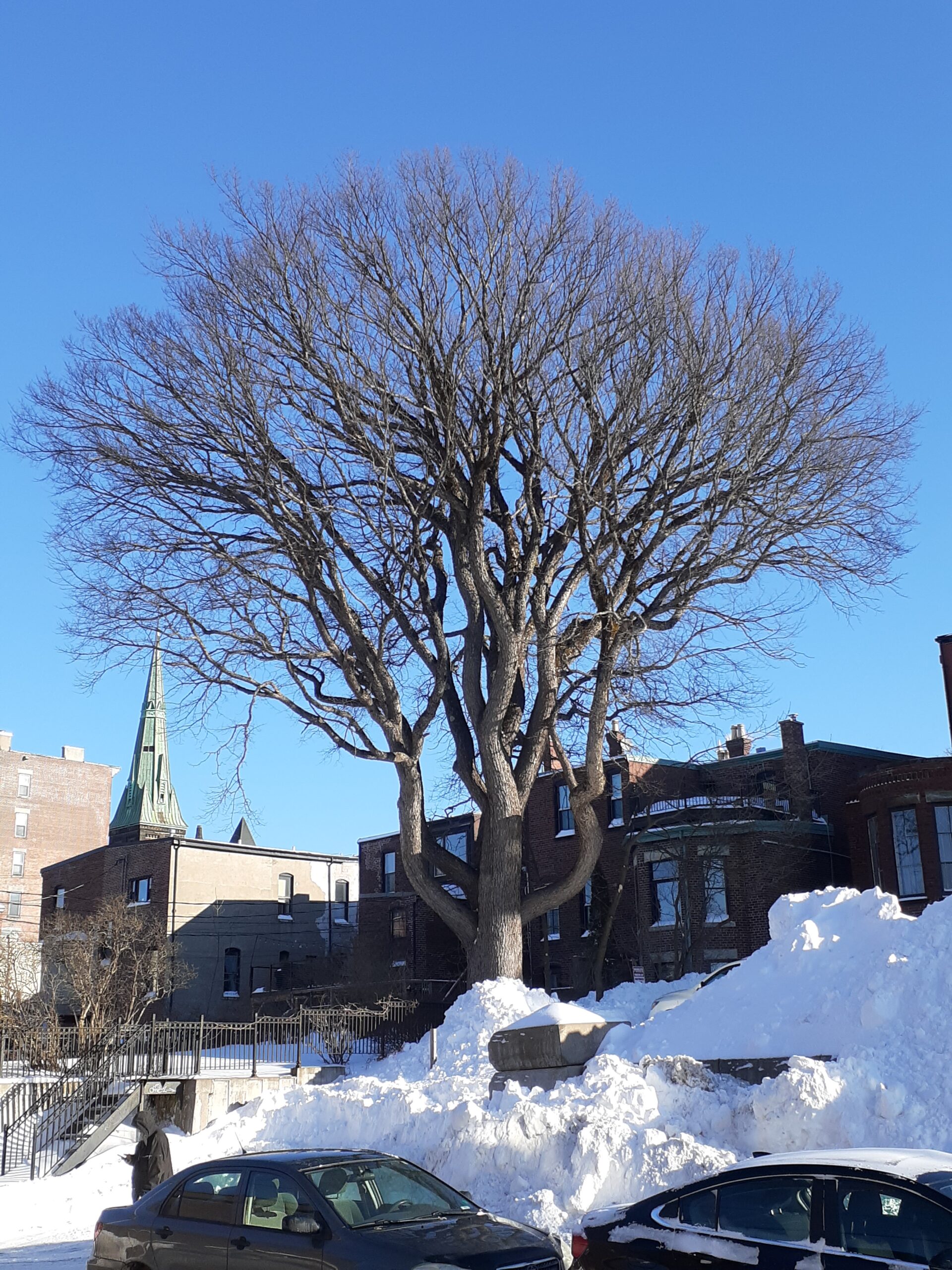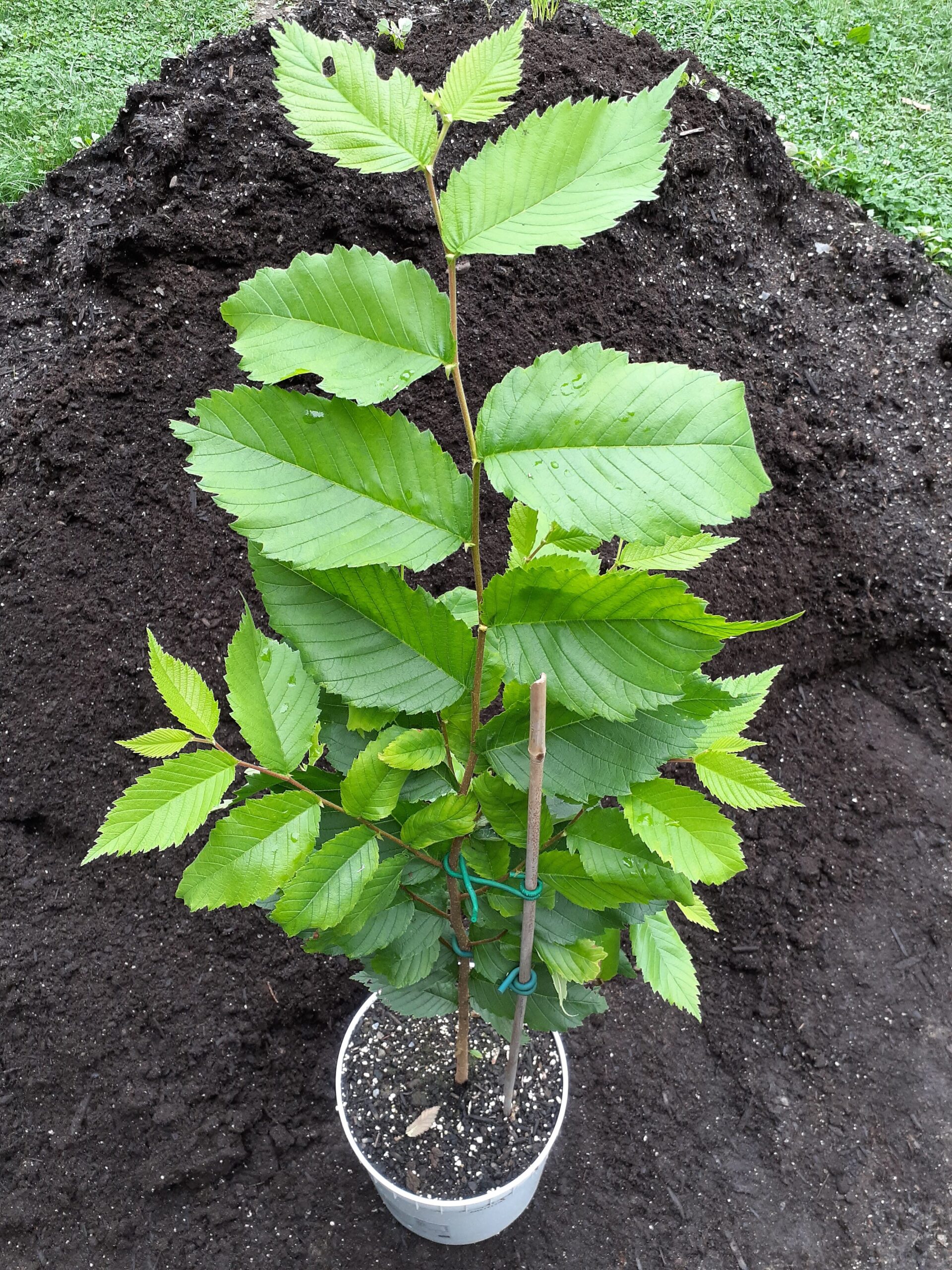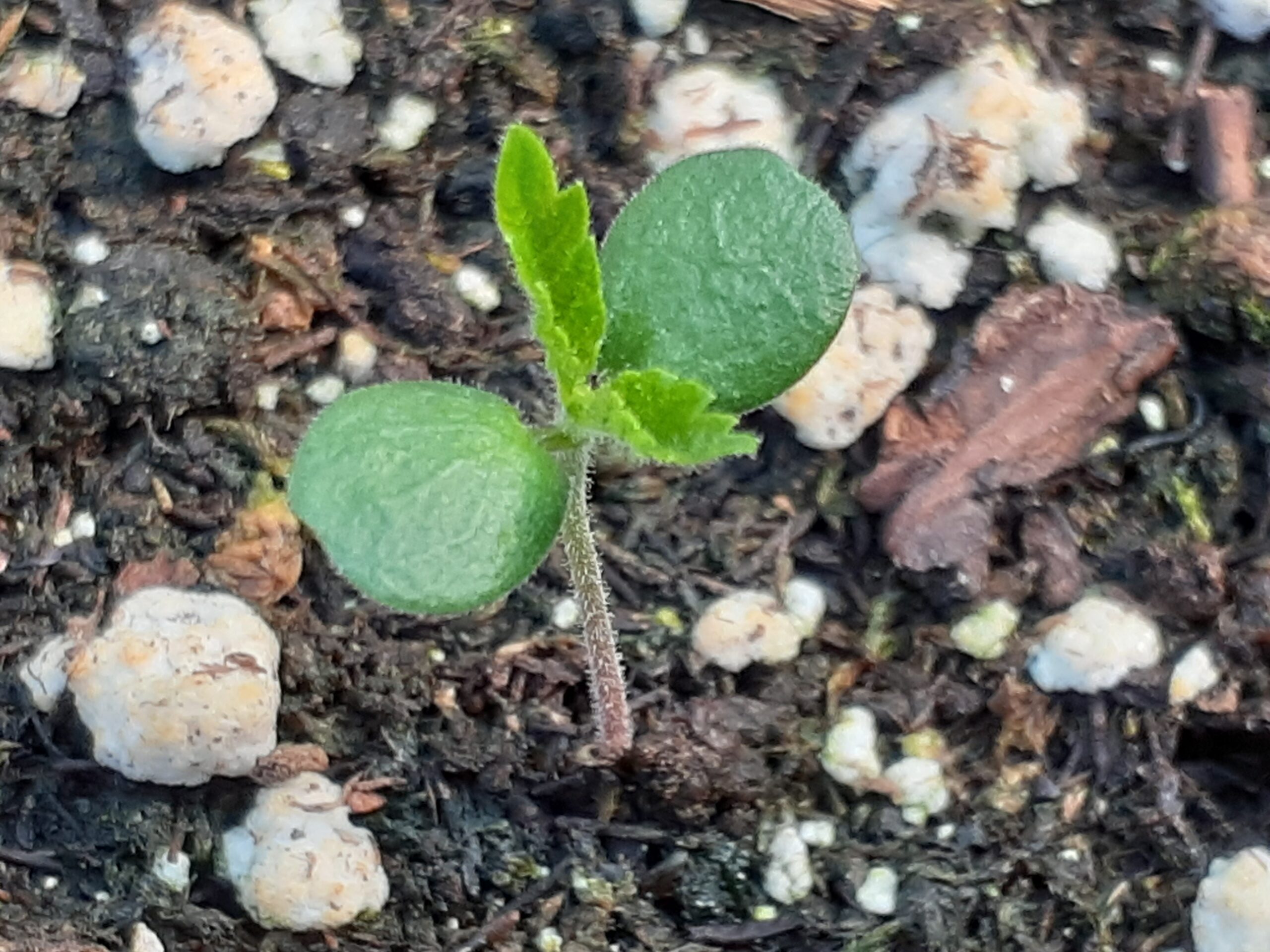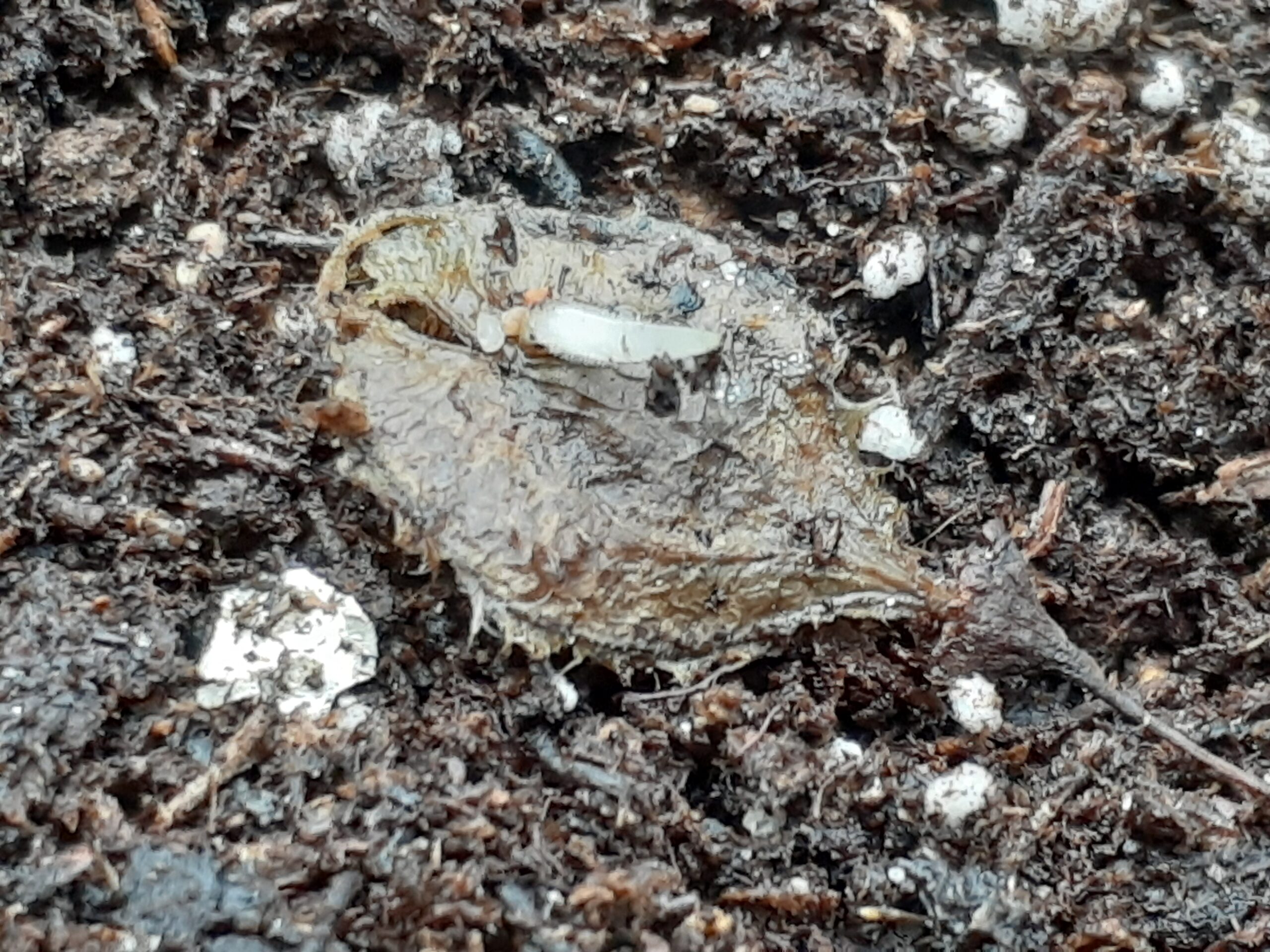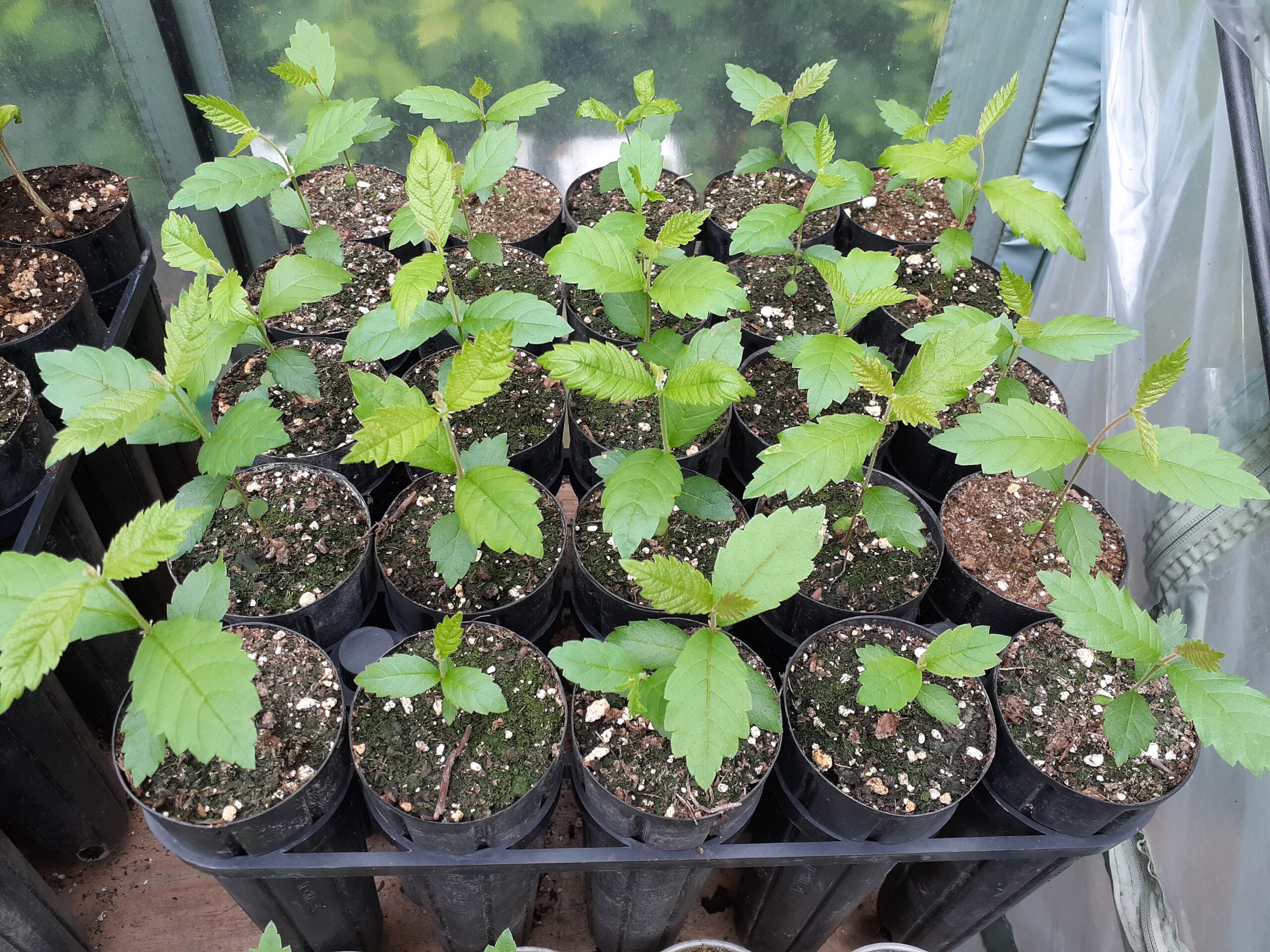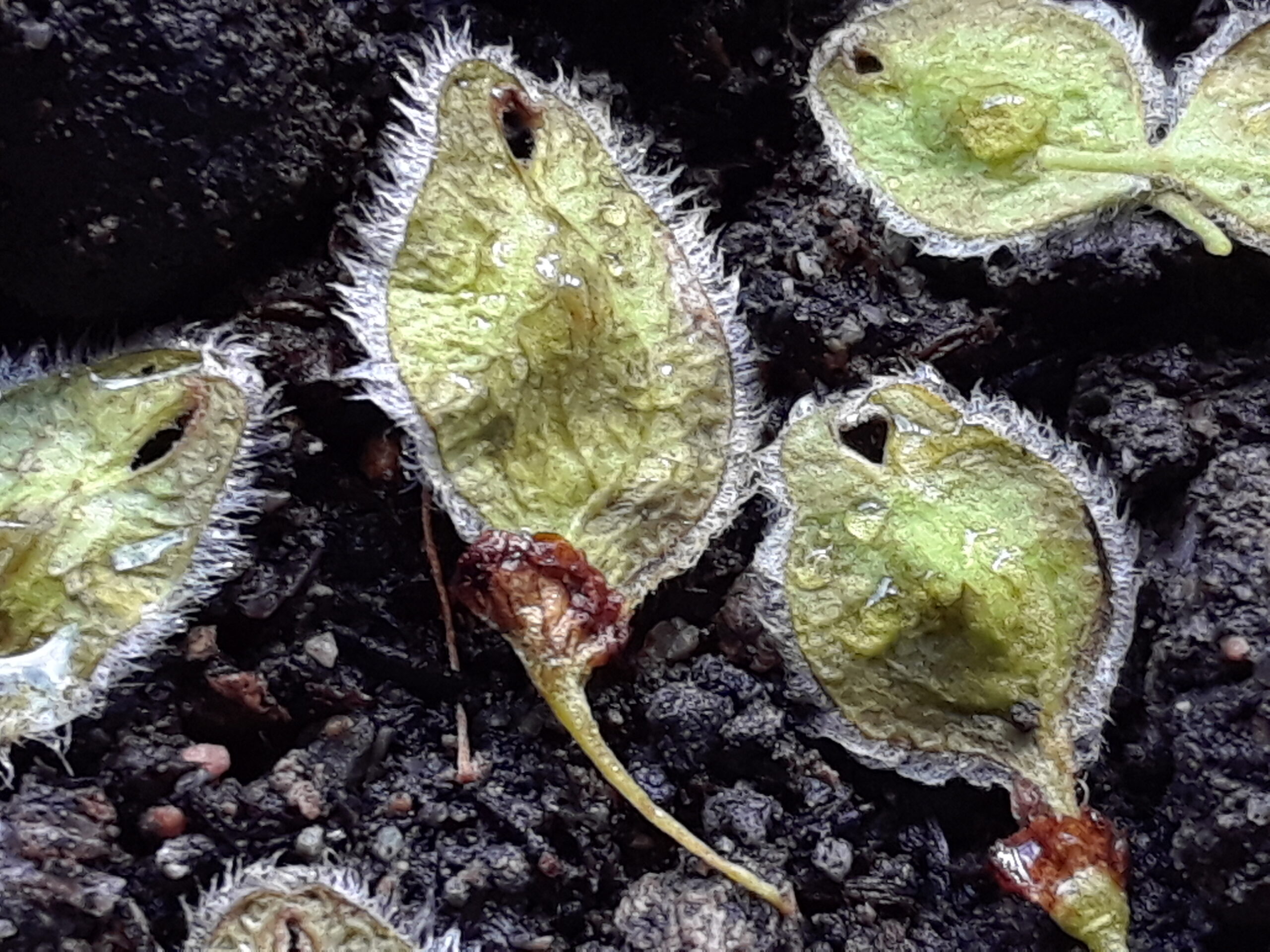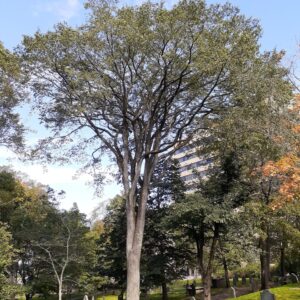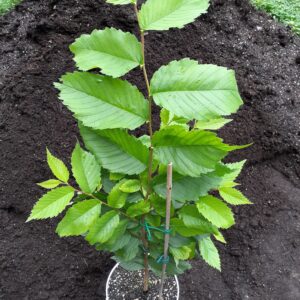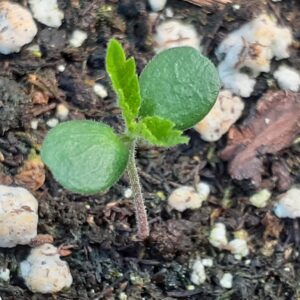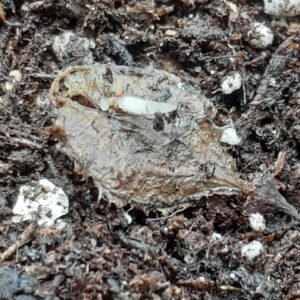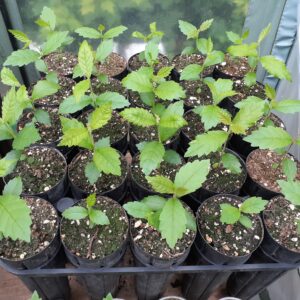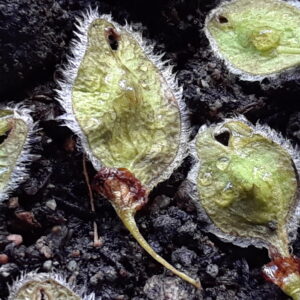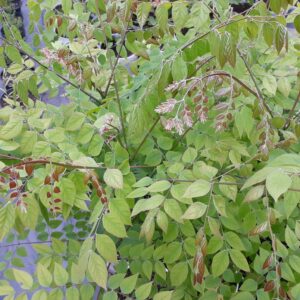American Elm
(White Elm)
Ulmus Americana
A tall stately, vase shaped tree that once graced the sidewalks of cities in bygone times with some exceptions like Fredericton where they still do. Dutch Elm Disease has greatly reduced its population and its use as a landscape tree. Native to eastern North America including New Brunswick. Many large, fine specimens still exist in New Brunswick. Planting it in isolation away from existing stands and mixed with other tree species will reduce its chance of succumbing to the disease. It has rough textured leaves that are an important food source to certain butterfly larvae including the Question Mark and Comma. Prune in late winter to avoid transmission of the disease. Wind pollinated male and female flowers are on the same tree. They appear very early before the leaves flush out with seed maturing late spring, providing a valuable food source for local wildlife. The seeds are edible to humans and are sometimes used in salads.
Additional information
| Foliage | Deciduous |
|---|---|
| Locale | Native to New Brunswick, Native to North America |
| Height | Very Large (over 100ft) |
| Width | Wide |
| Form | Vase Shaped |
| Growth Rate | Fast |
| Longevity | Long (over 100 years) |
| Hardiness Zones * | 3, 4, 5 |
| Sun Exposure | Full Sun (over 6 hrs), Partial Sun (4 to 6 hrs) |
| Soil Preferences * | Moist, Slightly Acidic, Well Draining |
| Soil Tolerances | Clay, Dry, Slightly Alkaline, Wet |
| Other Tolerances | Road Salt, Urban Pollution |
| Ornamental Interest | Form |
| Wildlife Value | Birds (fruits/seeds), Butterfly Larvae (leaves), Small Mammals (fruits/seeds) |
| Human Value | Carpentry (wood), Edible (seed) |
| Seed Collection | Personally in NB |
| Planting Considerations | Casts Light Shade, Risk of Premature Death, Shallow Roots |


